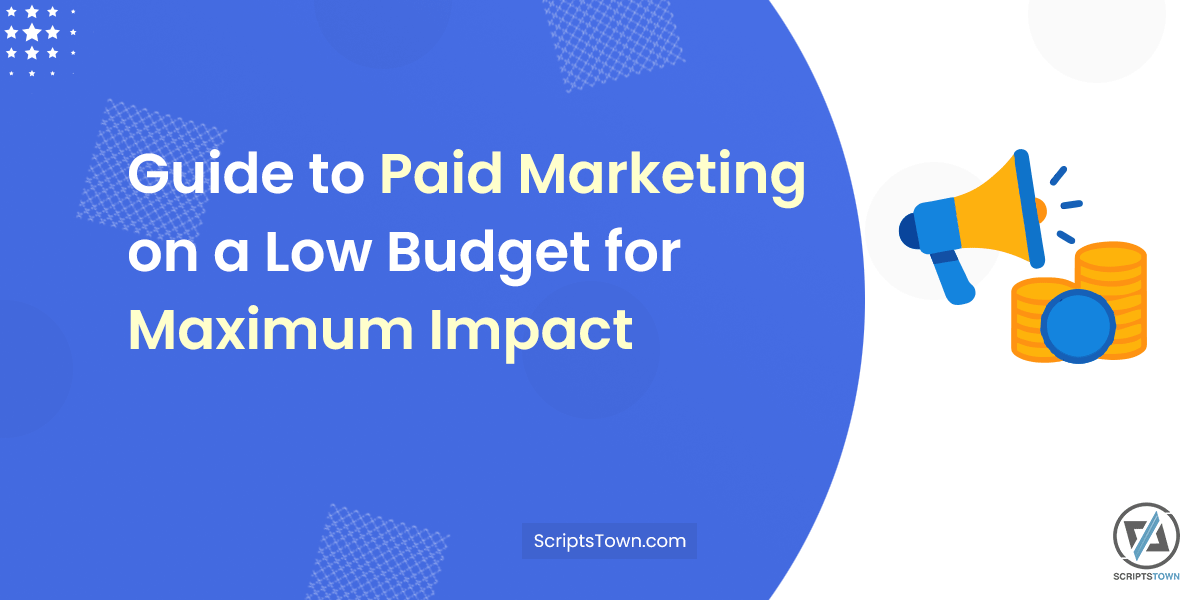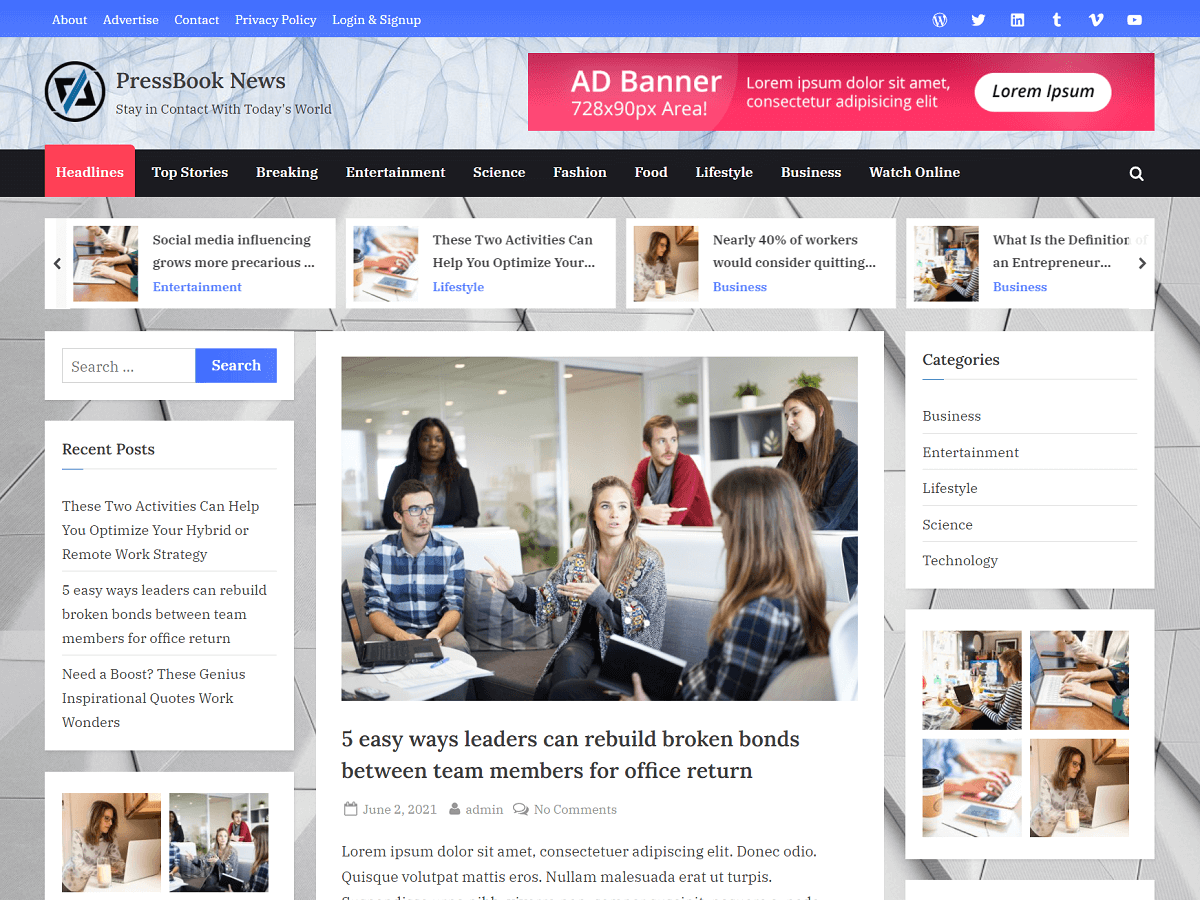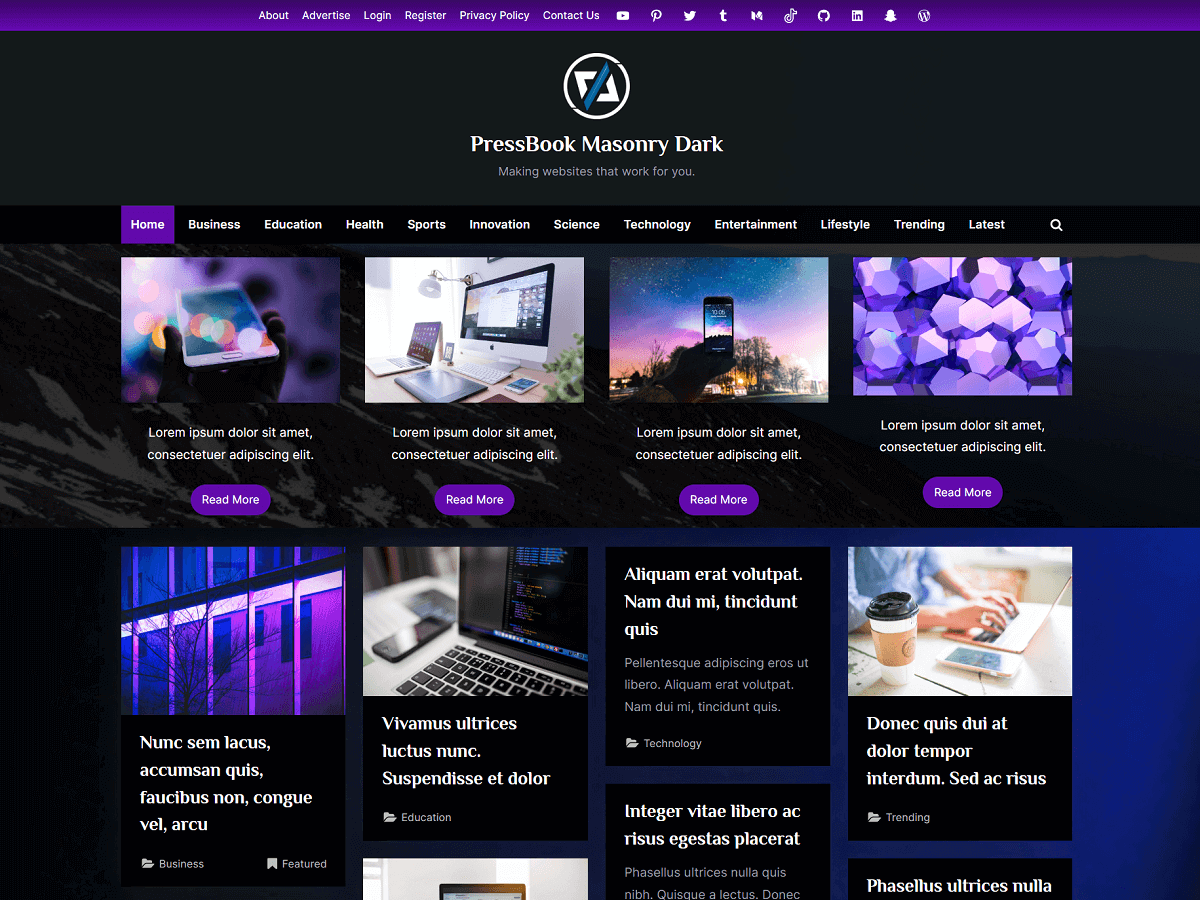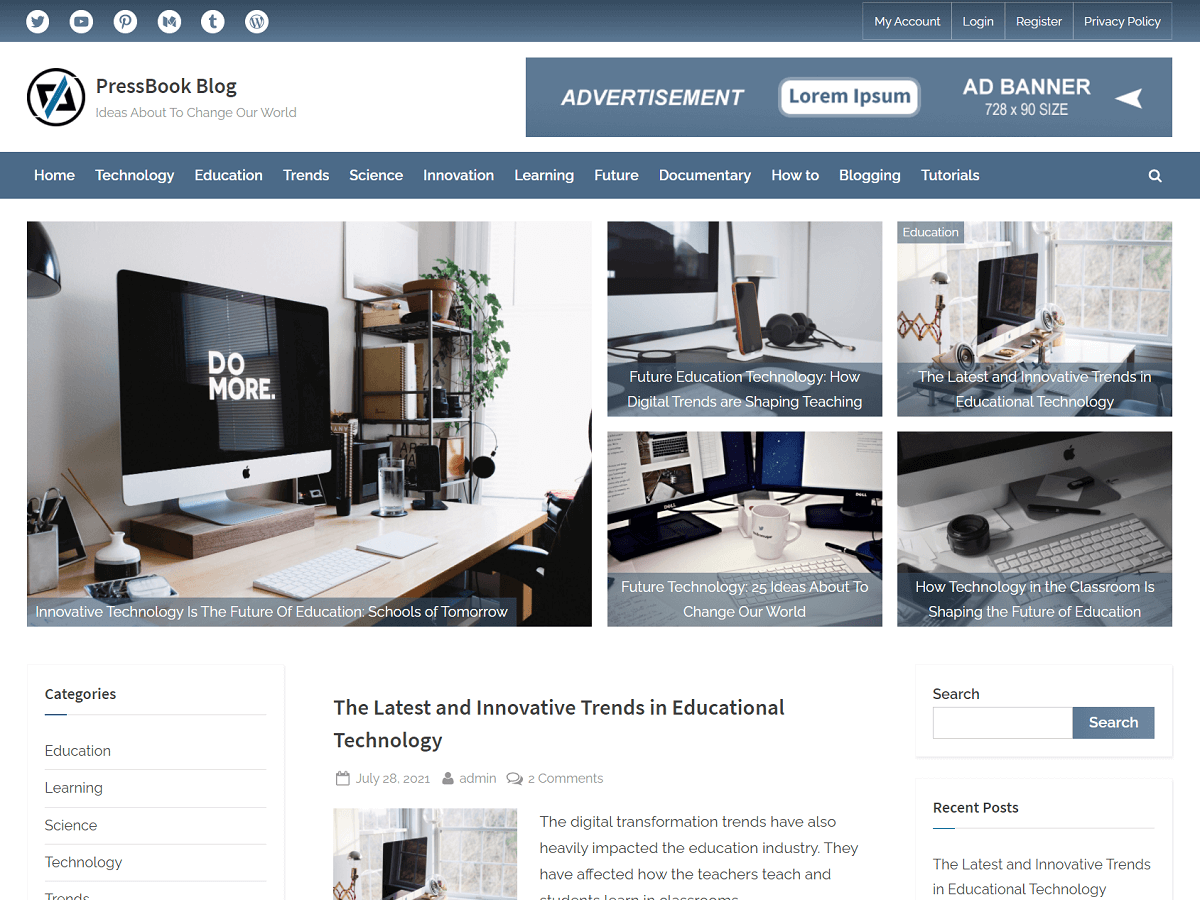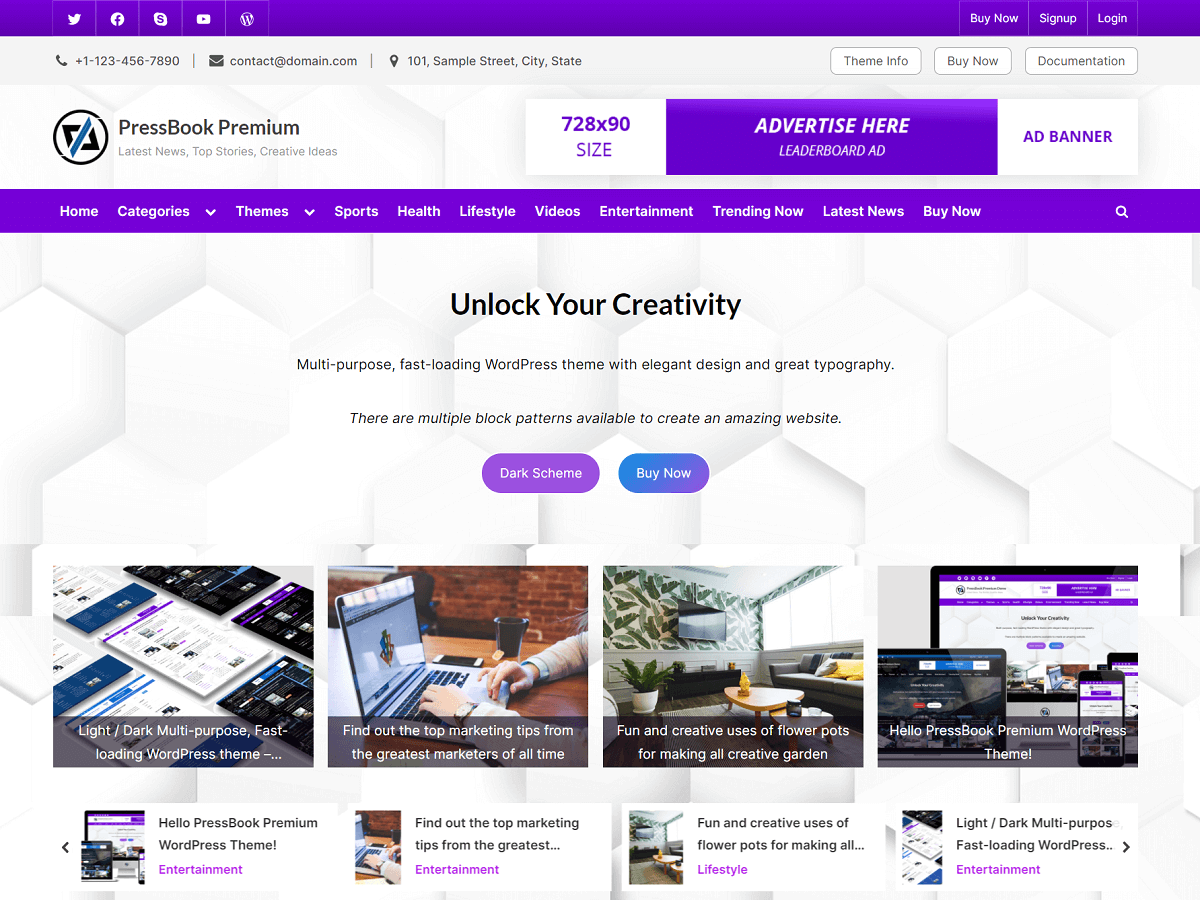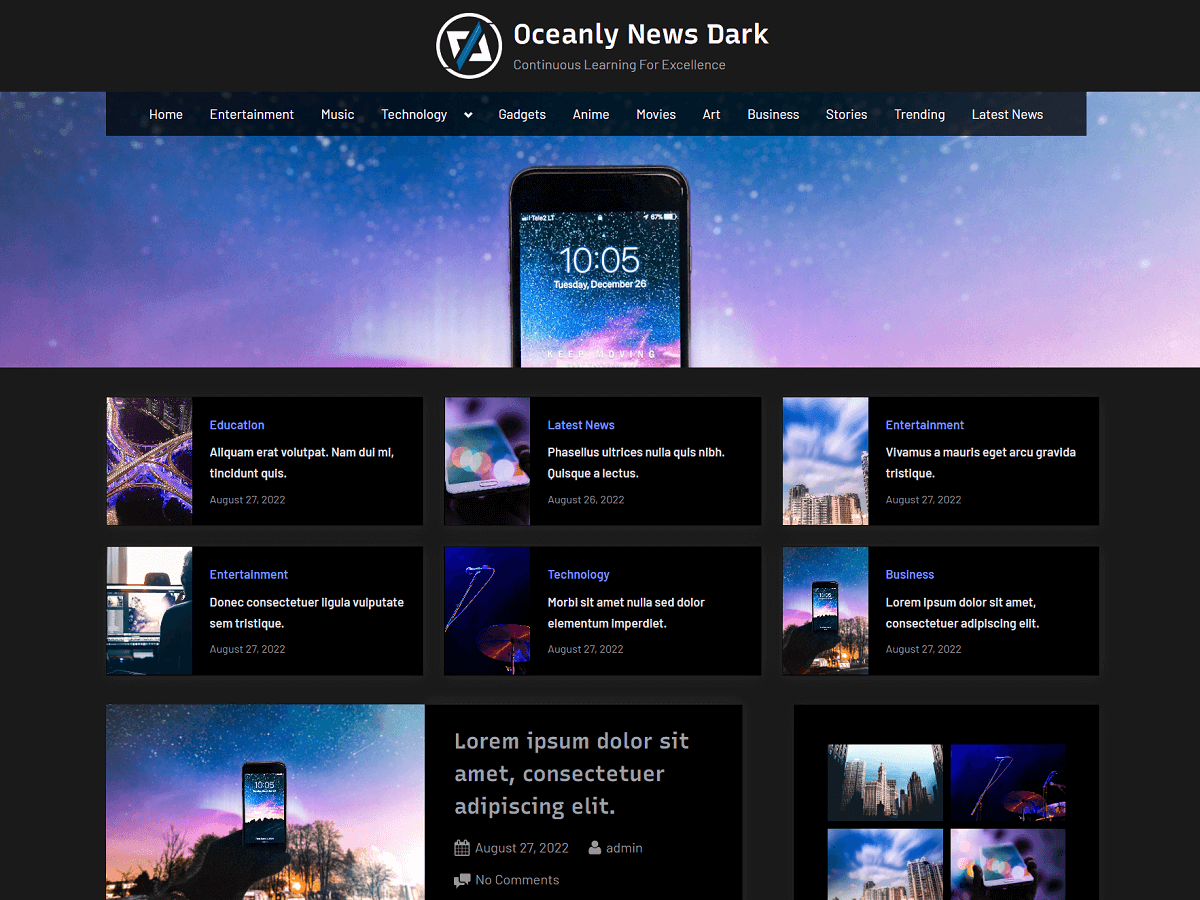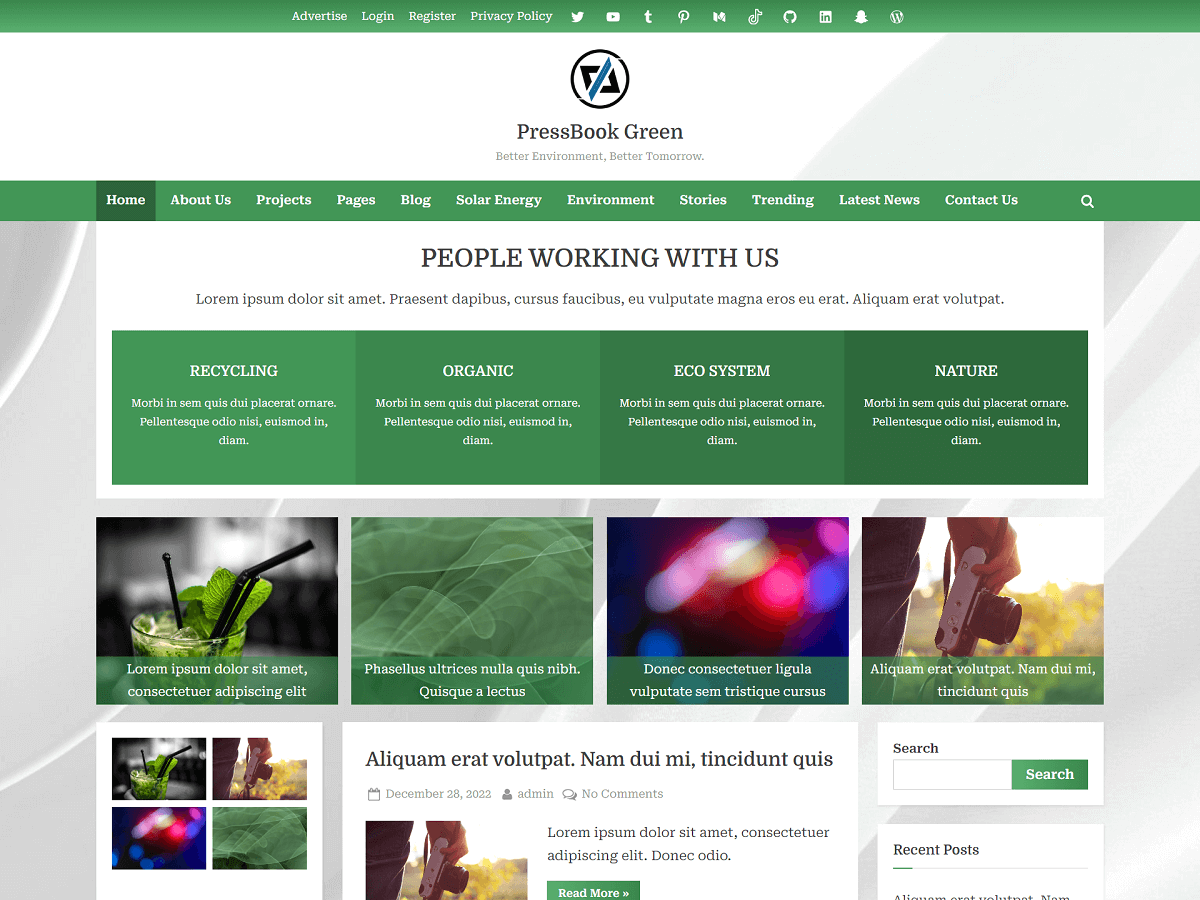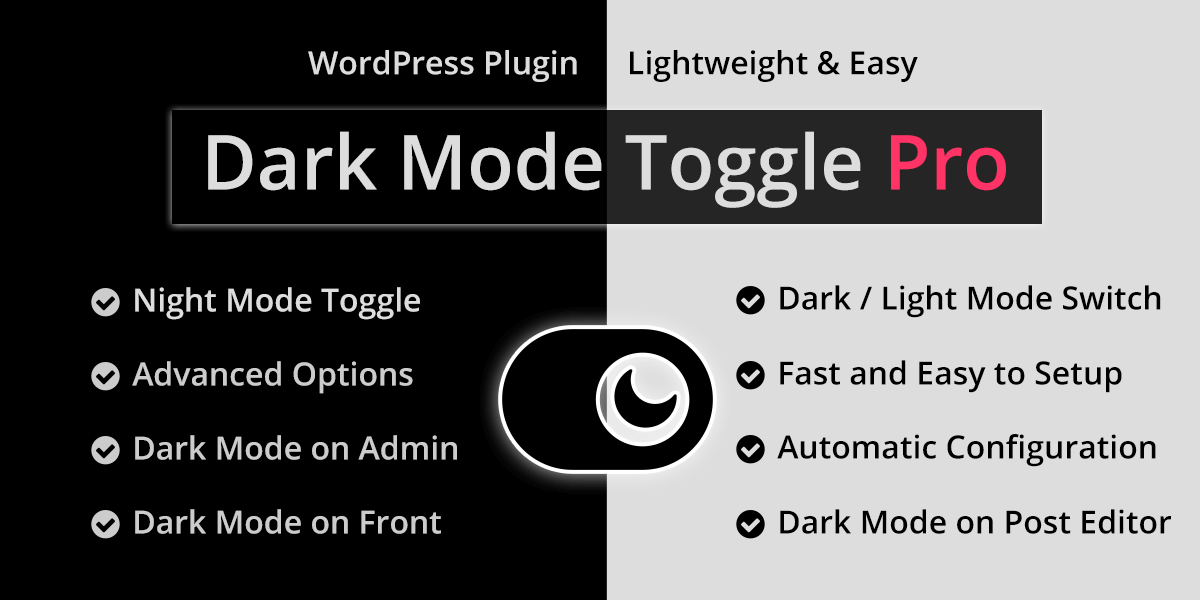In this guide, you will learn how to effectively do paid marketing when your budget is limited. You will discover how to get maximum results with efficient budget use, creative approaches, precise targeting, and strategic planning.
This guide is useful for small business owners, solo entrepreneurs, new startups, or anyone who wants to get the most out of their advertising spend.
What Paid Marketing Really Means
Paid marketing refers to any form of advertising where you pay to show your message to a selected audience. It covers all digital advertising formats where placement is purchased, including search engine ads (like Google Ads), social media ads (Meta, Instagram, LinkedIn), video ads (YouTube), and display ads across various websites.
Common Types of Paid Ads with Descriptions
| Type of Paid Ad | Description | Best For |
|---|---|---|
| Search ads | Text-based ads on search engines like Google, Bing, etc. | People actively looking for solutions. |
| Display ads / Display networks | Banners or visual ads on websites. | Brand awareness. |
| Social media ads | Ads on social sites like Facebook, Instagram, etc. | Building interest and awareness with targeted promotions. |
| Video ads / Video platforms | Short video ads on YouTube, Instagram Reels, etc. | Demonstrating products and building trust. |
| Shopping ads | Product-based ads with image, price, and store info. | Direct product sales. |
Common Types of Paid Ads with Key Advantages
| Type of Paid Ad | Key Advantages | Budget Control |
|---|---|---|
| Search ads | Captures ready-to-buy customers. | Set daily limits, pause anytime. |
| Display ads / Display networks | Broad reach and retargeting options. | Automated bidding options. |
| Social media ads | Rich targeting and visual storytelling. | Flexible spending controls. |
| Video ads / Video platforms | Attention-grabbing brand exposure, high engagement, shareability. | Pay only for actual views. |
| Shopping ads | Shows price, image, and reviews in search. | Control by product, bid, and budget. |
Choose One Clear Objective
The purpose of paid marketing is not just to get views. It is to drive specific actions, like visiting your website, signing up for a trial, downloading a resource, or making a purchase. Every unit of spend should support a measurable outcome.
Before launching any paid campaign, define exactly what you want to achieve from your ad campaign. A campaign without a goal is difficult to measure and almost always inefficient. Every unit of spend should support a measurable outcome.
Advertising should help you reach a clear outcome such as attracting potential customers, encouraging users to try your service, building awareness in a local market, or generating sign-ups for your product.
Questions to Clarify Your Goal
Clarity will guide every other step and ensure your budget is focused only on the right actions. Ask yourself these questions before you create any ads:
- Are you trying to get people to visit your website?
- Do you want people to try your app or tool?
- Are you offering a service that solves a problem in your local area?
- Is the goal to collect leads or email addresses for follow-up?
- Do you want people to visit a page, sign up, buy something, or try something?
- Are you promoting a product or a service?
Common Marketing Objectives with Suggested Campaign
Stick to one objective per campaign to avoid diluted results.
| Objective Type | Best Use Case | Suggested Campaign Example |
|---|---|---|
| Website Traffic | Driving visitors to a landing page, blog, or product page. | Google Search Ads, Facebook Traffic Campaign |
| Awareness | Launching a new product/service or increasing brand recognition. | YouTube Ads, Facebook Awareness Campaigns, Display Ads on Google |
| Engagement | Building interest or interaction through content, videos, or polls. | Instagram Engagement Ads, Facebook Video Views or Post Engagement Campaigns |
| Lead Generation | Booking a call, collecting emails, sign-ups, or form submissions for follow-up marketing. | Meta Lead Forms, Google Lead Form Extensions, LinkedIn Lead Gen Forms |
| Sales/Conversions | Selling low-ticket or high-intent products/services directly. | Google Search Ads, Google Shopping Ads, Instagram Shop Ads, Facebook Conversion Campaigns |
| App Installs | Promoting a mobile app to increase downloads and user base. | Meta App Ads, Google App Campaigns. |
Once you define your objective, it becomes easier to select the right type of ad, choose the correct platform, and tailor your message accordingly.
Examples: One Clear Objective
- If your aim is to get people to attend a free local fitness class, your ad should focus on the class details and link directly to a sign-up form, making it easy for someone to reserve their spot without distractions.
- If you’re selling a digital product, highlight the problem it solves and give users a way to preview or test it, such as a free sample or demo, before asking them to buy.
- If your goal is to sell an eBook, your ad should offer a free sample chapter that covers a high-interest topic, giving readers a quick preview that builds interest and encourages them to buy the full version.
- If your goal is to generate sales for an online course, your ad should briefly state what users will learn and link to a landing page with a clear course overview and a single call to enroll.
- If you’re selling a physical product, use visuals to show the product in action and send people to a product page designed for quick purchase.
No matter what you’re promoting, you can always refine your marketing campaign down to one specific, measurable outcome and that clarity will make every decision easier.
Understand Who You Want to Reach and Why
On a limited budget, every impression matters, so targeting needs to be very specific. Your ad should only reach people most likely to be interested and ready to act. You don’t want to show your ad to 100,000 people if only 1,000 are truly relevant.
Define your ideal audience as precisely as possible. Ways to segment:
- Location: Limit to regions you serve or ship to. It can have ZIP code, city, radius.
- Demographics: Age, gender, language, occupation, income level, education.
- Interests: Niche communities, pages they follow, hobbies, industry topics.
- Behaviors: Recent searches, website visits, past purchases.
- Custom audiences: Upload a small email list or retarget past visitors (those who have already visited your site).
- Lookalike audiences: Let platforms find people similar to your existing customers. Platforms like Meta can automatically optimize your ads based on performance, showing them more to audiences that are most likely to be interested.
Examples: Precise Targeting
- If you’re selling website design services, it’s better to target people who recently searched for “how to build a website” or visited business startup blogs.
- If you offer local plumbing, don’t run national ads. Focus on the nearby neighborhoods or ZIP codes where you serve.
- If you are a local fitness trainer offering weekend classes, you might target people aged 25-45, within a 5-mile radius, who follow fitness or healthy lifestyle pages or have searched for “gym near me”.
- If you’re marketing a fitness app for beginners, you might target people who recently searched “home workouts” or people who follow fitness influencers on Instagram.
Also consider when your audience is most likely to interact with your ads. For example, ads targeting business decision-makers may perform better on weekdays during working hours. In contrast, ads promoting weekend services such as event venues or personal coaching may see higher results in the evenings or on Fridays.
Precise targeting can increase relevance, boost click-through rates, reduce cost per result, and maximize ad efficiency.
Focus on Platforms With High Control and Low Cost
Many advertising platforms allow you to start small, test quickly, and scale what works best. Avoid any platform that forces you to commit large budgets upfront or doesn’t give you granular control over your spending, preventing low-budget testing.
Choose platforms that:
- Allow low minimum daily spend.
- Provide detailed targeting options.
- Allow full control over scheduling.
- Give clear performance reports.
- Let you pause or adjust campaigns instantly.
Best Low-Budget Advertising Platforms & Strategies
You can find these great options for low-budget efficiency:
| Platform | Strengths for Low-Budget Efficiency | Best Use Cases, Tips, Strategies |
|---|---|---|
| Meta Ads (Facebook + Instagram) | Low entry costs, strong visual ads, flexible targeting. | Great for product/service promotion, B2C, local targeting, lifestyle products, and visual services; works well with short videos on Instagram. |
| Google Ads | Intent-based targeting via search, high control over keywords. | Focus on high-intent keywords for buyers already searching for solutions; requires smart keyword selection to avoid wasted spend. |
| YouTube Ads | Low-cost video views, wide reach, especially with short videos. | Use skippable in-stream ads or Shorts under 15 seconds; cost per view is low for short, engaging videos. |
| TikTok Ads | Visual, trend-driven, consumer-focused markets. | Use only short, authentic, fast-paced videos, viral-style low friction, visually appealing offers, potential for viral reach. |
| X (Twitter) Ads | Good for news, community engagement, tech, and SaaS. | Best for text-focused B2B or SaaS content; niche targeting works well; can have lower CPMs in some industries. |
Stick to one or two platforms at a time and master them. Running small tests on too many platforms before finding a working strategy dilutes your budget and makes it harder to see which approach is actually effective.
Create Ads That Quickly Spark Interest
Most users scroll fast, and attention spans are short. Your ad has maybe 1 – 3 seconds to grab someone’s attention before they scroll past. That means every word, every image, every element needs to work harder.
Your ad also competes with many distractions. In a few seconds, it must capture attention, show value, and invite action.
Key components of an effective ad:
| Component | Purpose | Example | Strategy |
|---|---|---|---|
| Headline/Hook | Shows a clear benefit. | “50% Faster Website Speed, More Visitors” | Lead with the top result they want. |
| Visual/Video | Shows the problem and solution. | Before/after product demo. | Use contrast to make the improvement obvious. |
| Body Text | Expands on the benefit clearly. | “No coding needed. Optimized in 3 clicks.” | Emphasize ease, speed, or uniqueness. |
| Call to Action | Tells exactly what to do. | “Start Your Free 7-Day Trial” | Keep the action simple and enticing. |
| Social Proof | Builds trust with real results. | “Trusted by 5,000+ website owners.” | Show credible proof or numbers. |
Write Headlines That Instantly Show Your Value
Your headline is everything. It should immediately communicate the main benefit or transformation you offer. Skip the clever wordplay and focus on clear value.
Use Visuals That Communicate Fast and Clearly
Good visuals quickly tell viewers what the ad is about without them needing to read much text. Avoid vague language and generic stock photos.
Your images or videos need to support your message. Show the product or service in action, display real results, or use images that immediately communicate your value proposition.
Moreover, you need to keep backgrounds uncluttered and use contrasting colors for text overlays. You should also maintain a consistent ad style with clean, branded visuals that aren’t overly polished to build recognition.
Use Short-Form Video to Capture Attention
Short videos can perform well with small budgets. The message should appear in the first 3 seconds and work with or without sound.
Best practices:
- Start with a visual hook or bold statement in the first three seconds.
- Show the problem and solution quickly.
- Use captions for viewers watching without sound.
- End with a clear, single call to action.
Example video script for a task management tool / productivity app ad:
- 0 – 2s: “Overwhelmed by tasks?”
- 3 – 6s: Show chaotic desk, notifications piling up.
- 7 – 10s: Show app organizing tasks, simplifying it all.
- 11 – 15s: “Try it Free Today.”
Example video script for a home cleaning service:
- 0 – 2s: “Too busy to clean your home?”
- 3 – 6s: Show cluttered, messy living room.
- 7 – 10s: Show professional cleaners arriving and tidying up.
- 11 – 15s: “Relax – Book your cleaning now.”
Design a High-Converting Landing Page
When someone clicks on your ad, what they see next determines whether they take action or leave. A click only holds value if the landing page motivates visitors to take the desired action or converts visitors into customers.
A high-converting landing page needs to match the promise in your ad, load quickly, and keep the visitor focused on one simple action. This could be signing up for a free trial, downloading a resource, booking a call, or making a purchase.
Checklist to guide your landing page:
- Clear headline: Reinforce the ad message quickly.
- Short description: Describe what they’ll get and why it’s useful.
- Visual proof or demo: Images, screenshots, or video showing the offer.
- Simple form: Minimal form fields (name + email is enough).
- Single CTA: Present one clear call to action.
- Fast loading speed: Prevent drop-offs. Load fast, especially on mobile.
- Mobile-friendly: Be mobile-optimized. Ensure usability for most visitors.
- Trust elements: Logos, testimonials, reviews to add credibility.
Use Offers and Free Trials to Reduce Friction
Low-budget ads perform better when the offer feels low-risk, encouraging people to take action. Smart offers reduce friction by lowering risk and making it easier to say yes.
Best low-friction offers:
| Offer Type | Description / Use Case | Example Offer |
|---|---|---|
| Free Trial | For SaaS, digital products, apps, subscriptions. | Try free for 14 days. |
| Free Consultation | For services, local service providers, short intro calls. | Book a 15-min free call. |
| Downloadable Resource | Free ebooks, checklists, or helpful PDFs. | Free checklist PDF. |
| First-Use Discount | Discount to encourage first purchase. | 10% off your first order. |
| Live Demo | Real-time product walkthroughs or demos. | Schedule a live demo. |
Timing and Scheduling for Better Results
Showing ads when your audience is most active improves efficiency.
Don’t run ads 24/7 if your audience only engages during certain times. Use platform tools to schedule ads for peak hours.
Ad scheduling tips:
- For B2C, test evenings and weekends when users are more active.
- For B2B, focus on weekdays from 9 AM to 5 PM during business hours.
- Food and daily needs ads perform best late afternoons and weekends.
- Local services work well between 7 AM and 9 PM in the local timezone.
- E-commerce ads generally do better around payday and weekends.
- Mobile users are most engaged early mornings, lunch breaks, and evenings.
- For event promotions, increase ad frequency just before and during the event.
- Adjust schedules during holidays and special sales to match peak shopping times.
How to Know If Your Ads Are Actually Working
Every platform gives you performance data, but only a few numbers matter for your specific goal. Focus on the metrics that connect directly to what you’re trying to achieve.
Metrics that actually matter for different goals:
- If your goal is website traffic: Look at cost per click and click-through rate. A high click-through rate means your ad is relevant to your target audience. A low cost per click means you are getting traffic efficiently.
- If your goal is sales or sign-ups: Track cost per conversion and conversion rate. These tell you how much you are paying for each desired action and what percentage of visitors actually convert.
- If your goal is building awareness: Watch reach, impressions, and frequency. Reach shows how many unique people saw your ad. Frequency shows how many times the average person saw it. Too high frequency means people are seeing the same ad repeatedly and ignoring it.
- If your goal is driving interaction: Look at engagement rate and cost per interaction. This shows if people are actively interacting with your content and how much each interaction costs on average.
How to spot problems and fix them:
- High impressions but low clicks means your headline or image isn’t grabbing attention. Change one of these elements and test again.
- Good clicks but no conversions means something’s wrong with your landing page. Check if it loads slowly, if your offer is confusing, or if you’re asking for too much information upfront. Make the call to action clearer or simplify your offer.
- Rising cost per result means your audience is tired of seeing your ad. Refresh your creative with a different angle or image, or expand to a new audience segment.
- High frequency (above three) means people are seeing your ad too often and ignoring it. Expand your audience size to reach new people, or pause the ad and create new variations to re-engage the same audience.
Simple decisions that improve performance:
- When you find an ad that works, create three variations with small changes like different headlines or images. Test them against each other and keep the best performer.
- When your cost per result is lower than what you earn from each result, gradually increase your budget by small amounts.
- When an ad stops performing after running for weeks, pause it and create something fresh with a different angle or message.
Read the Platform Guidelines Before Publishing Ads
Every advertising platform has its own set of rules about what types of ads are allowed. These rules cover areas such as language, acceptable content, image content, targeting restrictions, landing page quality standards, technical requirements, and more.
Make sure you understand the platform’s advertising policies. Violating them can lead to ad rejection or account suspension.
Few tips to stay compliant:
- Avoid misleading or exaggerated claims.
- Ensure your landing page matches the ad content.
- Do not use copyrighted images or videos you don’t have rights to.
- Avoid targeting sensitive topics unless the platform allows it.
- Follow size, text, and format guidelines.
- Always review the platform’s official ad policy before launch.
Summary
Paid marketing on a low budget is completely doable when approached with focus, clarity, and a smart strategy. Start by focusing on platforms that let you begin small and test variations to find what works before scaling.
Concentrate on real user needs, have a clear objective, be precise with your targeting, design powerful ads, and optimize every step from ad to landing page.
Use strong visuals, short videos, and simple low-friction offers to encourage action. Always schedule ads for peak audience activity.

